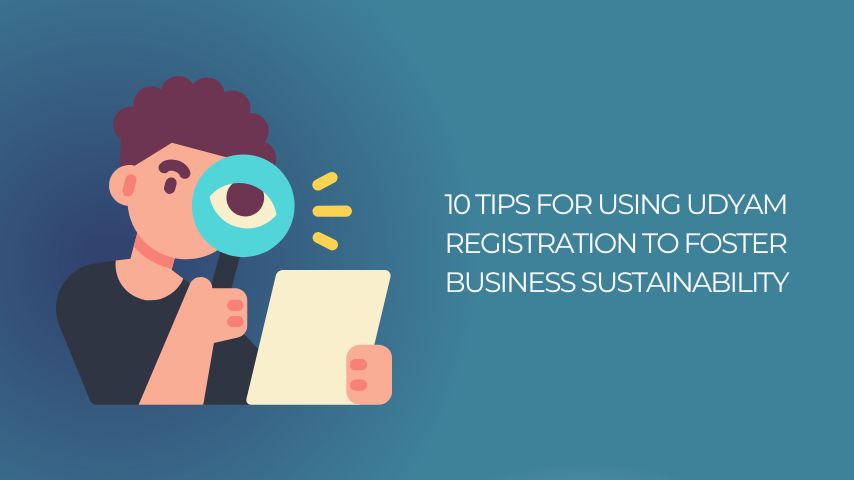Introduction
Timely and accurate data is key for businesses to make informed decisions. One of the major benefits of using Power BI is the ability to automate data refresh, ensuring that reports and dashboards display the latest data without manual intervention. Whether you’re a beginner or a seasoned professional, Power BI Course Online can equip you with the skills needed to leverage these automation capabilities. Explore how Power BI’s data refresh automation works, its benefits, and how to set it up.
What is Data Refresh in Power BI?
Data refresh is the process of updating your Power BI reports and dashboards with the latest data from your data sources. There are two primary refresh types in Power BI:
- Scheduled Refresh: Automatically refreshes data at a set frequency.
- On-demand Refresh: Allows users to refresh data manually when needed.
The Benefits of Automating Data Refresh in Power BI
Automating data refresh brings several advantages, such as:
- Time Savings: Automating the refresh process eliminates the need for manual updates, saving valuable time for data analysts.
- Data Accuracy: With scheduled updates, you reduce the risk of outdated information influencing business decisions.
- Efficiency: Automation frees up resources, enabling teams to focus on more strategic tasks.
To learn how to leverage Power BI’s automation features effectively, consider enrolling in Power BI Training in Pune. This program provides hands-on experience with automation tools and techniques, helping you harness the full potential of Power BI for data-driven insights.
Setting Up Data Refresh Automation in Power BI
To automate data refresh in Power BI, you need to configure settings based on your data source type, Power BI service, and the refresh method suitable for your reports.
Step 1: Configuring Scheduled Refresh
Scheduled refresh is the most common automation method, allowing you to set specific times for Power BI to fetch the latest data. Here’s how to do it:
- In Power BI Service, go to your dataset settings.
- Under Scheduled Refresh, set the frequency (daily or weekly) and specify times for the refresh.
- Ensure that your dataset supports automatic refresh—DirectQuery and live connection datasets refresh automatically, while imported datasets require manual scheduling.
You can define multiple refreshes in a day, depending on your data update requirements.
Step 2: Setting Up Data Gateway
For on-premises data sources, you’ll need to configure a Power BI Gateway to facilitate seamless refreshes. Here’s a quick setup guide:
- Download and install the Power BI Gateway on a secure, stable server.
- Connect your gateway to Power BI Service and authorize it to access your on-premises data sources.
- Once connected, you can link it with datasets in Power BI Service and configure scheduled refreshes.
Power BI Data Gateway Requirements
|
Requirement |
Details |
|
Internet Connection |
Stable connection required |
|
Server Specifications |
8 GB RAM, multi-core processor |
|
Data Source Compatibility |
SQL Server, Oracle, SAP, etc. |
Step 3: Leveraging APIs for Advanced Automation
Power BI also offers APIs for custom refresh schedules, allowing advanced users to integrate data refresh functionality into workflows. This method is particularly useful for organizations with complex data requirements.
Certification and Training for Advanced Power BI Skills
Mastering Power BI data automation can greatly enhance your data management skills. For those looking to deepen their expertise, Power BI Training in Pune provides hands-on training tailored to both beginners and advanced users. Courses like this are invaluable for learning in-depth skills, such as integrating APIs, configuring gateways, and setting up complex automation processes.
Additionally, Microsoft Power BI Certification validates your ability to manage and automate data in Power BI, setting you apart in the field. Pursuing certification can broaden your career opportunities, especially in roles involving data analysis and business intelligence.
With Power BI Course Online, you can gain the knowledge needed to leverage this functionality fully. By mastering Power BI’s automation tools, you enhance data reliability, streamline workflows, and make impactful decisions driven by the latest data.
Conclusion
Automating data refresh in Power BI is a game-changer for professionals seeking efficient, up-to-date insights. Whether you’re new to Power BI or aiming to expand your capabilities, understanding data refresh automation is essential to staying competitive in today’s fast-paced data environment. Learn the basics, setup, optimization tips, and training paths for those interested in mastering Power BI data refresh automation.




